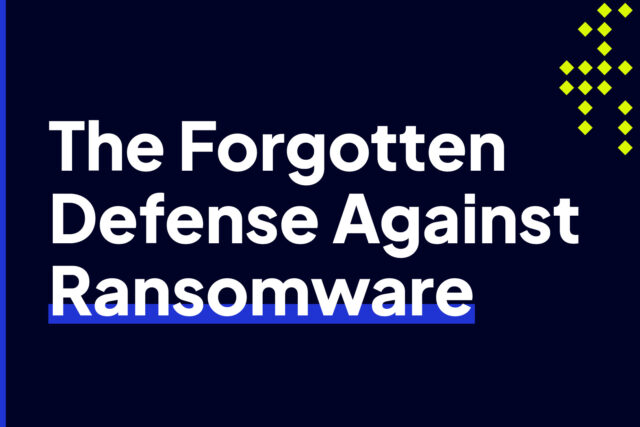
How to Fight Fast Flux with IP Reputation
In a recent advisory from the NSA, CISA, FBI, and allied agencies (full report here), fast flux is recognized as a serious national security threat — and one that many organizations aren’t fully prepared to defend against.
If you’re an MSP, protecting your customers from fast flux means:
- Better defense against ransomware and phishing attacks
- Safer browsing and network usage without noticeable disruption
- Confidence that even emerging threats are being blocked before causing harm
What is Fast Flux?
Fast flux is a method that malicious actors use to rapidly rotate the IP addresses associated with a domain name. It makes phishing sites, malware delivery systems, and Command-and-Control (C2) servers harder to detect and block. There are two main types:
-
Single Flux: A domain resolves to many IP addresses that change frequently.
-
Double Flux: Both the domain’s IP addresses and its authoritative DNS servers change constantly, adding even more resiliency and anonymity.
While some legitimate services (like content delivery networks) use similar techniques, fast flux stands out by the extreme frequency of IP changes and very short DNS Time-To-Live (TTL) values — often only a few minutes.
Why Fast Flux Matters
-
Resilience Against Takedown: Even if one IP is blocked, the service remains reachable via other rotating IPs.
-
Anonymity: It becomes extremely difficult to trace malicious operations back to the true source.
-
Ineffective Traditional Defenses: Standard IP-based blocking methods are practically useless because by the time you block an IP, the attack has already shifted elsewhere.
Fast flux has been used in major ransomware attacks (like Hive and Nefilim), phishing campaigns, and by bulletproof hosting providers to protect cybercriminal operations.
Bulletproof hosting providers are companies that offer web hosting services with little to no enforcement of rules against illegal activity. They are often based in countries with weak internet laws or difficult extradition policies.
They knowingly allow clients to host malware, phishing sites, ransomware operations, and other cybercriminal content. Even if law enforcement or cybersecurity groups complain, these providers either ignore the complaints or quickly move the malicious websites to new servers to keep them running.
Intrusion Shield vs Fast Flux
Due to our vast database of IP history and reputation, Intrusion Shield is inherently good at detecting and neutralizing fast flux behavior:
-
Real-Time DNS Analysis: Shield inspects every DNS request and its corresponding IP addresses.
-
IP Reputation Scoring: Every A/AAAA record is compared against a robust, constantly updated ruleset to identify and block known malicious IPs.
-
Selective IP Removal: If a DNS response includes one or two suspicious IPs mixed among legitimate ones (a common attacker tactic), Shield removes only the dangerous IPs, not the entire domain, preserving user experience.
-
Infection Containment: Even if a device inside the network becomes compromised, Shield continues to protect it by severing its connection to malicious infrastructures.
The Bottom Line
Fast flux tactics are clever — but Intrusion Shield is not your traditional IP reputation solution. By combining DNS behavior analysis, IP intelligence, and adaptive defenses, Intrusion helps ensure your network stays protected against one of the most persistent and elusive cyber threats today.
Intrusion Shield gives MSPs a real-time, automated way to detect and neutralize fast flux activity without extra overhead — helping protect not just networks, but reputations too.


